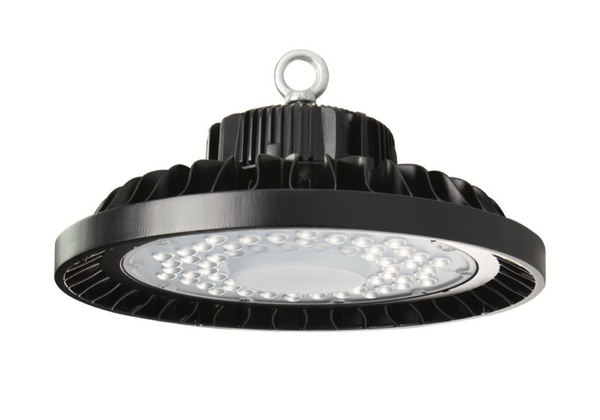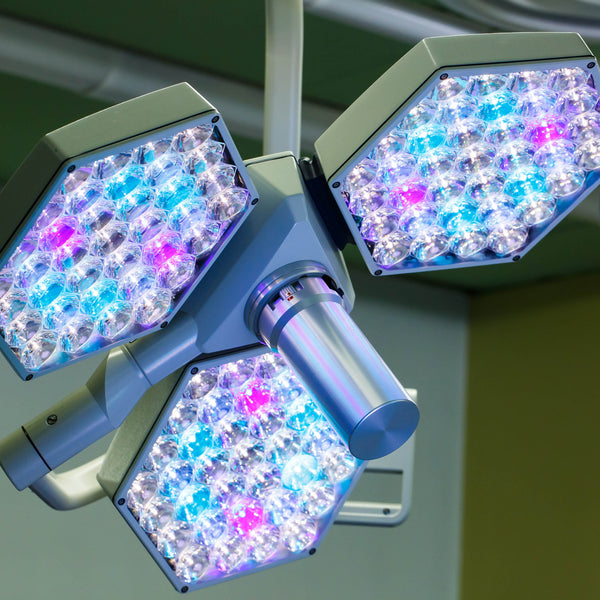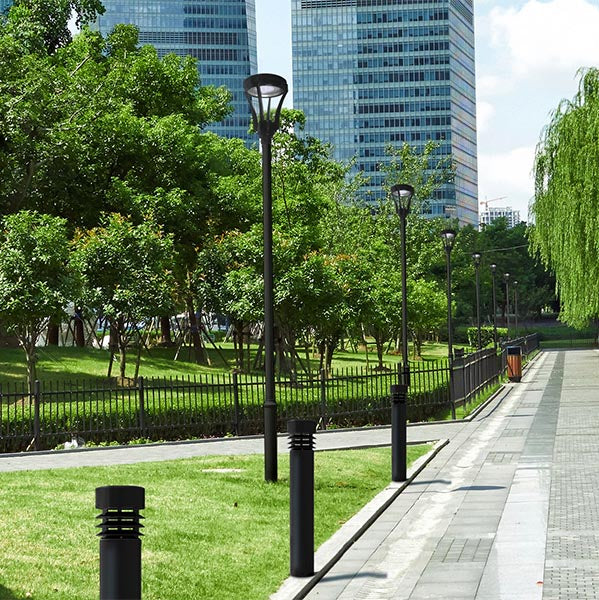California banned incandescent bulbs: Is this the end of the road for traditional lighting?

October 18, 2018
Lighting has come a long way from the times of campfires and flaming torches. Over the years, new technology and research has been concentrated towards finding more energy efficient alternatives to conventional modes of lighting. Despite all of this, the one thing that has survived till now was the good old incandescent light bulb. This is now quickly changing with many countries discontinuing the sale and use of incandescent lights.
Early this year in January 2018, the state of California banned incandescent light bulbs as a part of their new energy efficiency standards for lighting. As the new law came into effect, it meant that stores were allowed to finish selling their existing stocks, but that was it. Beyond that, the production, procurement and sale of incandescent bulbs have been stopped for good.
This piece of news might make you wonder if lighting, the way we know it is going to change forever? Is this the end of the road for traditional lighting? Well, recent developments definitely point in that direction. While California is the first U.S.state to enforce this ban, other states and countries will follow suit eventually and incandescent lighting will be replaced entirely by alternative lighting media like Light Emitting Diode (LED) lamps, Compact Fluorescent Lamps (CFLs) etc. in the years to come.
The incandescent light bulb has lasted for a long time and been an essential part of the rapid advancement of the human race. The warm light it emits is familiar and comforting, and has become the standard by which we judge any lighting solution. It is also true however that the technology behind incandescent lamps is very old and has stayed pretty much unchanged for more than a century. It’s hardly surprising that with such old technology, incandescent light bulbs consume a lot more energy and are far less efficient than their newer counterparts.
CFLs were first considered as a possible replacement for incandescent lighting. However, they had their own share of drawbacks. Their coil-like appearance is unappealing, and their large size means they often don’t fit into traditional light fixtures. They also came with significant pollution concerns because they contain mercury, and are very difficult to recycle. They don’t work with dimmer switches, so the light intensity cannot be increased or decreased on demand. To make things worse, the light from CFLs is harsh and not as pleasing as the light from an incandescent bulb.
Then came LEDs. If we go by appearances, LEDs can be made to look quite similar to incandescent bulbs. The nature of the light emitted by LEDs is also similar to incandescent lighting. LEDs are very flexible when it comes to shape and size, so they can be used in many different settings. They are also more resistant to harsh weather conditions like rain or snow.
Environmental concerns regarding energy conservation have been steadily gaining momentum and visibility. Incandescent light bulbs use a lot more energy compared to LED lights.
Compared to an incandescent bulb that uses 60 Watts of energy, an LED that emits the same amount of brightness uses only 10 Watts of energy. Apart from energy consumption, another huge factor that works in the favor of LED lights is their useful life. A standard incandescent bulb lasts for around 1200 hours, while an LED, on the other hand, lasts for an average of 25,000 hours. Now that’s a huge difference.
LEDs also need fewer replacements, so you will need to buy a lot less lamps in the long run. Their energy efficiency and longevity together mean that LEDs turn out to be economic as well.
With more and more governments and countries doing away with incandescent lighting altogether, there is definitely a global trend towards modern alternatives. Lighting is in a period of transition, and traditional lighting is nearing its useful end. However, with advances in technology, LED lighting is becoming the de-facto standard and capable alternative to the old incandescent lamps.
LEDs can do what incandescent light bulbs can do and more! They are the present and the future of lighting technology. Traditional lighting might still be around ut the future of lighting is very promising indeed, thanks to the advent of LED lighting. With California paving the way, traditional forms of lighting will make way for more energy efficient and modern lighting solutions.



